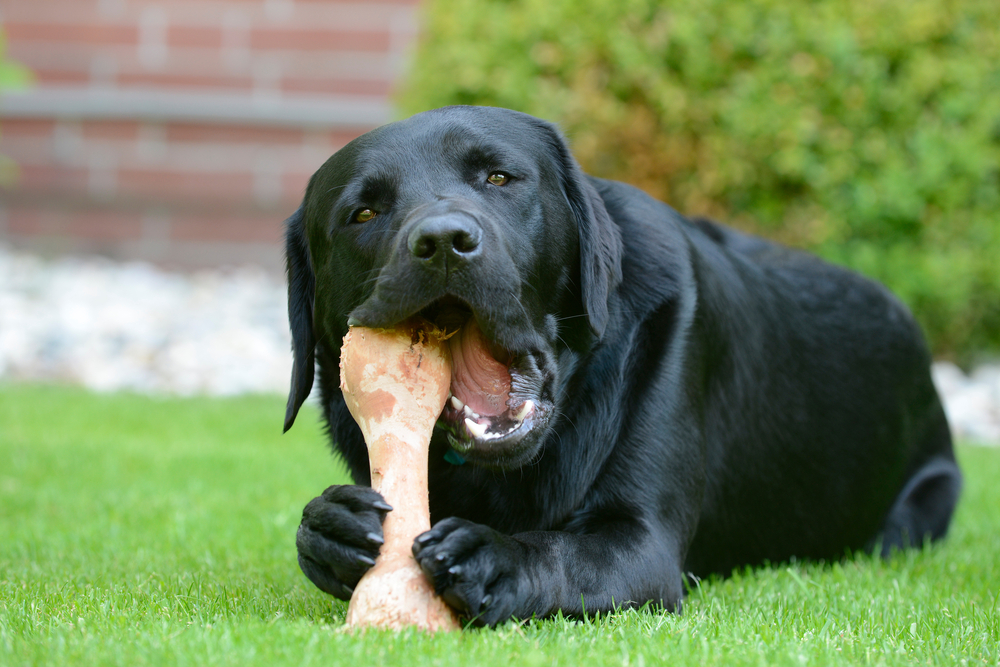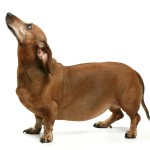
There is a lot of confusion about dogs and bones. In recent years the message seems to have gotten muddled and for many ‘fur babies’ bones are off the menu for good. While for some dogs that may be true, for others it isn’t. Bones can be a great addition to many dogs diets and are great for cleaning teeth, looking after canine gums and even managing bad breath.
But not all bones are created equally. So, while giving your dog a bone is okay and in the right instances ‘good,’ there are a few ‘unless’s’ that you need to be aware of.
Rawbone benefits;
Dogs chew bones, they always have and it’s a very natural behaviour for them. There is a range of benefits that raw bone chewing has for your dog.
Bones clean teeth and gums for dogs much like regular flossing and brushing. Bones help to break down tartar, effectively reducing gum disease and cleaning teeth.
Additionally, chewing also stimulates the production of saliva enzymes, which prevents plaque buildup. It may come as a relief to some dog owners to know that dogs who chew on bones are less likely to scratch or lick their paws.
Nutritionally raw bones are packed with calcium, phosphorus, and other minerals which can aid the digestive system. Finally, chewing has the added benefit of mentally stimulating dogs. This is great if your pet misbehaves due to separation anxiety.
Which bones are NOT okay.
We cannot stress this enough – don’t feed your dog cooked bones ever. Cooked bones can lead to a myriad of problems for your dog. Most commonly, mouth and tongue lacerations, choking, broken teeth, cuts and wounds in the mouth or on the tonsils. They also often lead to vomiting, diarrhea or even severe constipation. Cooked bones can also easily lead to intestinal blockages that often require surgery.
Some bones even when raw are not recommended for your pet. These include; pork bones, which can easily splinter into shards and rib bones of any kind.
Some Raw Bone Guidelines.
Raw bones are generally the way to go. Providing a tastier and healthier option for your dog, however ever feeding raw bones to your dog does come with some cautions.
As an owner you should consider taking the bone away from your dog after 15minutes, placing it back in the fridge, making sure to dispose of it after four days.
A good general rule is not to give your dog a bone that is smaller than their mouth. Larger breeds should be given larger bones and always supervise your dog when they’re chewing a bone.
Alternatives to bones
Not every dog can chew bones and some owners are rightfully hesitant to feed their dogs bones. Several alternatives can be used instead of bones and still offer the benefits of clean teeth, better breath and calcium. Please bear in mind that some alternatives, like bully sticks, should be considered treats and not given regularly as part of your pets balanced diet.
As always, dog owners have a responsibility to their pets. Part of the responsibility is to ensure you become educated about feeding your dog bones – if you are unsure always consult your veterinarian for the best advice.
Want the best for your dog, try Dig-In?
Dig-In fights against any nasty bacteria in the digestive process and builds a stronger immune system to ease the common symptoms of food allergies. It’s been proven to assist with skin and ear irritations and the rapid recovery from illness.
See our range – here.
Sources:
https://dogtime.com/dog-health/dog-food-dog-nutrition/52539-ok-give-dog-bone-bones-safe-dogs
https://www.akc.org/expert-advice/nutrition/exercise-caution-when-giving-your-dog-a-bone/
https://www.rspcapetinsurance.org.au/pet-care/pet-ownership/all-about-bones-and-your-dog
https://www.rover.com/blog/which-dog-bones-are-safe/





